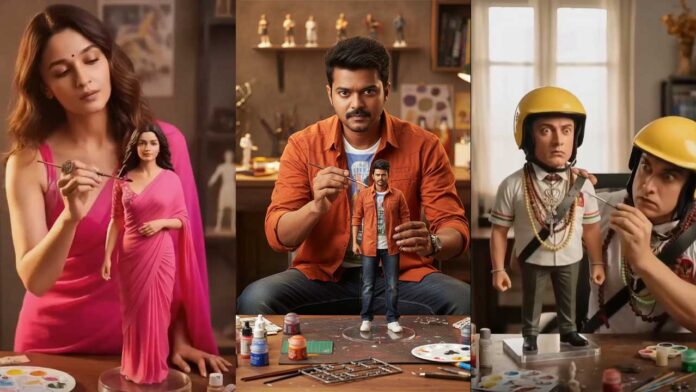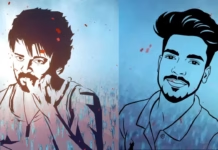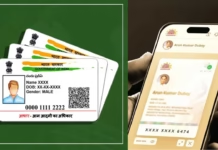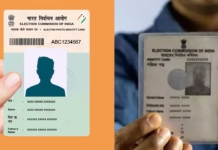A single micro-reflection can betray a fake; start with what truth the image must tell. Define why a surface should look lived-in and how light should reveal it. This prime intent lets Gemini infer materials and Pixverse craft layered textures that read as tactile matter rather than synthetic noise.
A Brief That Marries Story and Surface
Write a creative brief that ties narrative, mood, and material behavior to commercial goals. State the scene’s emotion, time of day, and ad placement priorities. When intent is explicit, Gemini and Pixverse align technical outputs to storytelling needs, improving visual relatability and ad performance on premium placements.
Reference Photos That Teach Light Behavior
Collect directional, high-dynamic-range swatches focused on the phenomena you need: rim highlights, micro-scratches, and translucency. Photographs that vary angle and intensity teach the tools how light reacts across scales. Precise references reduce guesswork and yield micro-reflectance that stands up to large-format advertising.
Semantic Masks: Give Each Zone a Job
Break your model into semantic zones so each region gets its own material rules. Separating skin, metal, fabric, and paint prevents modal blending and allows Pixverse to apply different displacement and wear. This segmentation keeps microscopic detail crisp once an image is magnified in ad creatives.
Demand Multi-Channel Truth from the Start
Ask Gemini to output height, roughness, specular, curvature, and transmission maps. Feeding multi-channel data into Pixverse gives you control over micro-shadowing and tiny specular bursts. These channels are the difference between plausible surface and convincing, monetizable realism.
Calibrate Optics, Not Defaults
Simulate focal length, aperture, and sensor response deliberately. Then add measured lens imperfections in Pixverse — slight chromatic aberration, field curvature, or flare. Calibrated optics anchor perception, making renders feel like real photographs and increasing trust and click-through for high-value ad units.
Break Patterns with Procedural Micro-Variation
Introduce controlled procedural noise so dust, wear, and pigment shifts are statistically varied. Pixverse’s distribution masks let irregularities feel purposeful, not algorithmic. This non-repetitive texture vocabulary is what separates premium visuals that command higher CPC from generic stock-like imagery.
Bake Temporal Plausibility into Textures
Simulate small temporal behaviors—drying paint, brushed metal patina, or fabric settling—then sample convincing frames for a still image. Temporal logic baked into texture maps prevents uncanny artifacts and makes surfaces react as real materials would under motion, improving perceived authenticity.
Prioritize Contact Shadows and Micro-Occlusion
Compute selective baked occlusion for crevices and seams while keeping dynamic GI for larger light shifts. This hybrid lighting preserves crisp, believable contact darkness without flattening the scene, an essential trait when images are weaponized for large-screen ad spots or zoomed product showcases.
Denoise with Surgical Restraint
Use multi-sample denoising and reliability masks instead of brute smoothing. Preserve high-frequency normals and tiny specular highlights, only smoothing chroma banding where necessary. This discipline keeps perceived sharpness high, which directly affects engagement rates in visual ad units.
Build a Delivery Family for Monetization
Produce a 4K master with full PBR maps, a web-optimized master with baked light, and a mobile progressive file. Create crop-safe compositions for ad overlays and leave space for text. A delivery family ensures you meet publisher specs and extract higher CPC across different inventory types.
3D Image prompt:
A hyper-realistic cinematic scene the uploaded person carefully painting his own figurine at a desk and make direct eye contact with camera. The figurine is standing on a transparent acrylic display base, but its size is larger than usual, making it appear more prominent and almost half the height of the real person. Both the person and the figurine wear the exact same outfit, matching in details. Around the desk, realistic painting tools, brushes, and hobby items are scattered, creating a creative workshop atmosphere. The figurine must look ultra-realistic with lifelike human skin tone, natural facial details, and premium PVC texture. Realistic indoor background, cinematic studio lighting, and sharp details.
3D video prompt:
Animate this single-photo into cinematic clip while preserving the person’s face, posture, clothing and expression exactly as shown (no identity or facial changes). The person’s hand is already holding a paintbrush — animate only natural, subtle wrist and finger motions that perform gentle, deliberate brush strokes on the stationary figurine (the figurine and base must not move or wobble). Keep the torso and head essentially still with only tiny breathing/shoulder micro-movements. Add realistic lighting/ shadow shifts that follow the motion. Camera: smooth cinematic orbit slowly moving left→right combined with a subtle forward dolly toward the figurine at midpoint; keep composition and horizon stable.
Download App
Legal and Licensing as Production Armor
Secure releases for faces, trademarks, and distinctive designs before monetizing. Document sources, model waivers, and property rights. Legal clarity prevents takedowns that kill campaigns and protects the revenue chain that makes high-CPC creative investments worthwhile.





